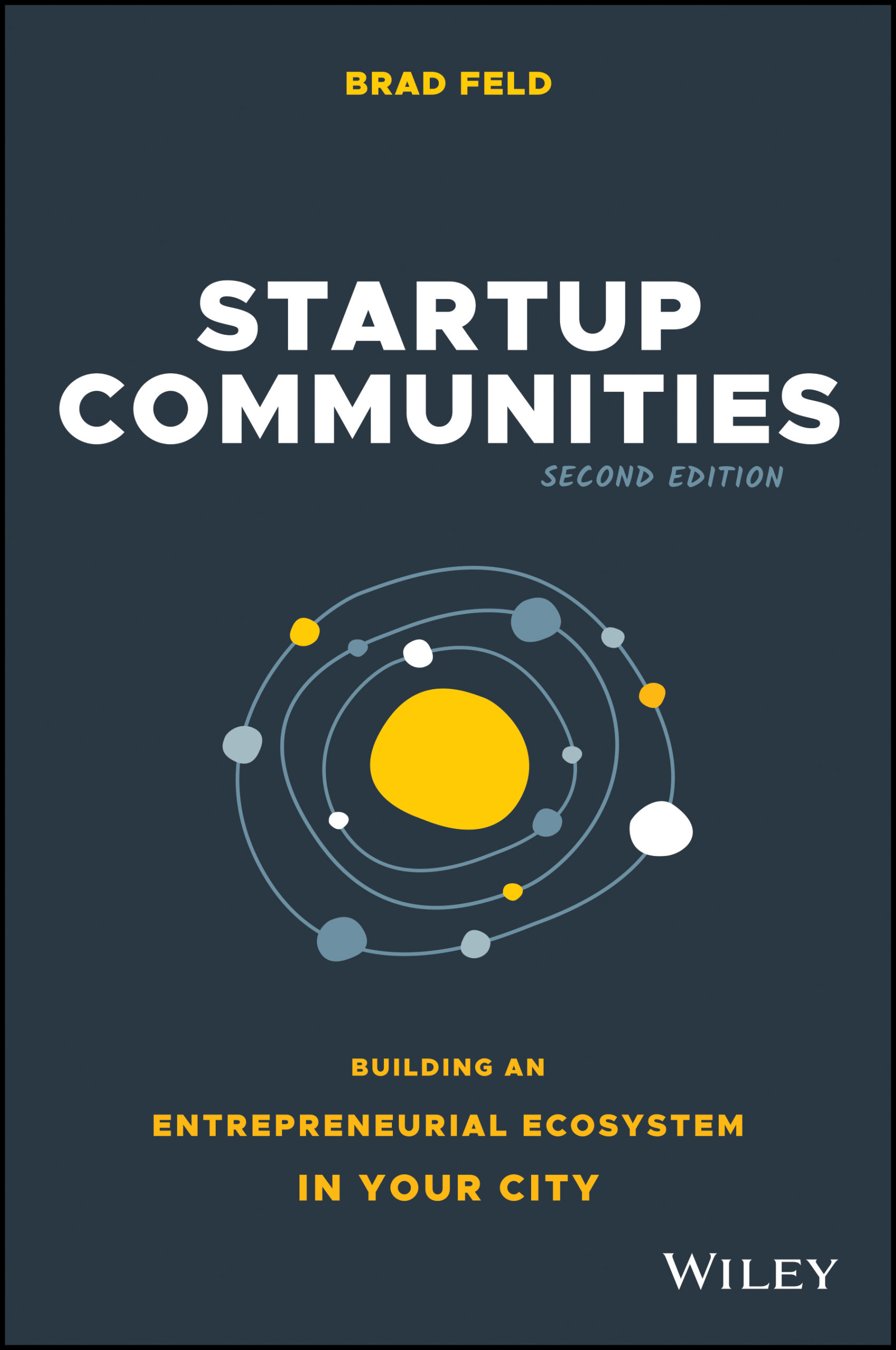Why Capital Deployed Means Almost Nothing in Community Building
The overly-simplistic measurement tool provides bad signals to good people.
Investments made or capital deployed are the typical measure of success for a community. There are many reasons why capital is used and I will delve into that in another post. Today, I argue that using capital as the primary measure of a community’s success is the wrong view to base your entire community building strategy around.
But Chris, isn’t capital the most telling characteristic of a community’s health?
No, community measures like total capital invested provide no underlying insight into what is actually happening in your community.
Let us take a look at two different communities.
Community #1:
- Population of 800,000+
- Diverse general population but not entrepreneurs and working silo’s
- 100-150 active, full-time growth companies
- Long tradition of business building (not necessarily entrepreneurship)
- Raised $20M this last quarter ($15M from one breakout company (led by a regional VC) and $3M from another).
Community #2:
- Population of 250,000
- Not a diverse population but a diverse set of entrepreneurs who work together
- 50+ active, full-time growth companies
- No record of sustainable business building of any kind
- Raised $10M this last quarter (over 15 companies and only 1 at $1M).
When we take a high-level flyover and compare these two communities in a ranking of all cities, we would naturally force ourselves to think that community #1 is 2x more active than community #2. Even more so, we would look at the $10M raised from the breakout company as an indication that this community can scale companies. Next quarter or next year we should see this again with the company that raised $3M right behind them.
I am going to take a contrarian view and argue that community #2 is in a much better position to build a great startup community over the long run. They are building a base for the future. Community #2 has found 15 companies this quarter and I might see that there are multiple investors with different interests putting money into different companies.
On the surface community #1 has raised 2x the amount of money.
But community #2 has invested in 2-3x the number of companies.
Which community is doing better?
Our simple media approach to create and digest Top 10 lists and look at overly-generalized statistics to quickly tell a story does not truly reveal the startup activity or health of a community.
At best capital is a lagging indicator and a signal of the power of a handful of actors. At worst, measuring only capital creates a signal from which actors make poor community building decisions that ultimately derail the best efforts of well-intentioned actors.
What other measures can you use to benchmark your progress?








